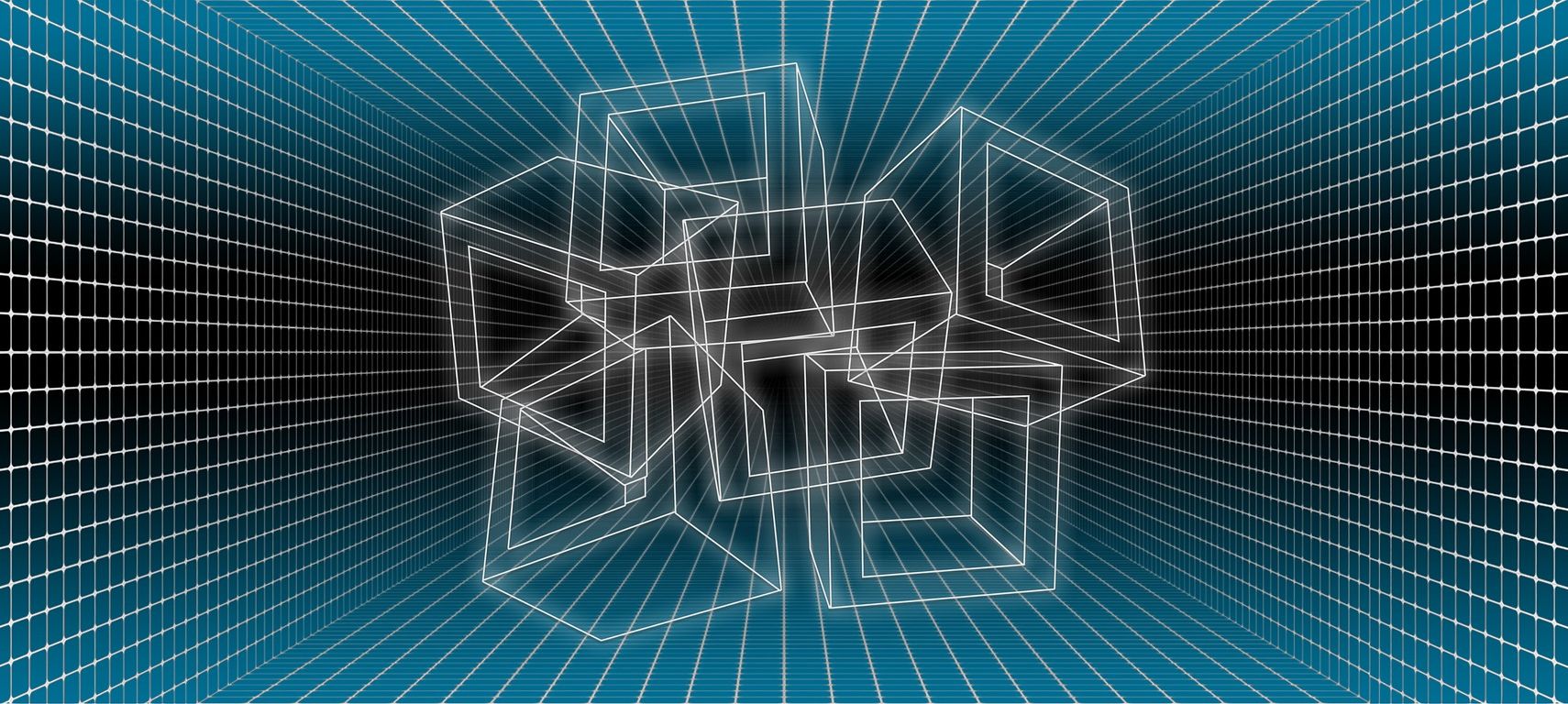Over the past few years, blockchain technology has become popular in a number of different industries. Blockchains are known for their ability to securely record and store data, but can such information ever be removed? Is blockchain data really permanent, and if so, why is this the case?
How blockchains store data
If you are not familiar with blockchain technology, it can be difficult to understand the dynamics of blockchain data storage. So, let’s first go over a quick summary of how this works.
Blockchains store data using something called Distributed Ledger Technology (DLT). Distributed Ledger Technology is an umbrella term for a number of different systems, including blockchains. By using DLT, blockchains can record and store data without the need for a third party. There is also no central authoritative party controlling distributed ledgers, which makes them far less prone to corruption.
The data stored on a blockchain is shared with multiple users, known as nodes, who can access and view said data at any time. This keeps blockchain networks transparent. These nodes must also verify the data recorded on a blockchain. Typically, each node must verify the data, but certain consensus protocols require only a few nodes for verification. But either way, blockchain technology requires the green light from multiple, distributed users to record data instead of one central entity.
This is why blockchain technology forms the backbone of the cryptocurrency industry, as it allows transaction data to be stored securely and accessible to all users. This mode of data storage is also becoming popular in the healthcare, insurance and traditional financial industries.
So if a piece of data has been recorded and stored on a blockchain, can it be removed?
Can you remove data from a blockchain?
The shortest answer to this question is no, you cannot remove data from a blockchain. But let’s delve into why this is the case.
Above all else, blockchains are known to be immutable. This means that data that has been verified and added to a block cannot be changed or deleted. Think of each block as a stone carving, where you can’t just hit the delete button on the data. Once the data is there, it’s there for good.
This is because blockchain technology uses consensus mechanisms to operate, so nodes on the blockchain must agree on a new piece of data before it is added to a block. So if you try to delete or change information within a block, you are out of alignment with the network’s consensus on that piece of data, meaning that the change or deletion will not take place.
It is also worth noting that once data is added to a block, it is shared with every node in the network. This makes all the data on the blockchain completely transparent, so even if a data deletion or change was possible, every node would be able to see that it has happened.
Hashing is also used in blockchain technology and plays a role in its immutability. Hashing is part of the cryptographic process used by blockchains to keep data safe. Each block on a blockchain contains its own unique hash, or string of numbers, which links back to a cryptographic algorithm and acts as a permanent digital signature that can track changes.
Hashes cannot be changed once created, making it very difficult for someone to exploit a blockchain by reversing the hashing algorithm.
Blockchain technology’s immutability is one of its most desirable features. With cybercrime increasing every year, it is becoming increasingly difficult to store data securely. So using a completely immutable ledger can protect an organization’s data from malicious tampering.
Blockchains offer super secure data storage
A number of elements must come together to make blockchain data immutable, but there is no doubt that this factor makes blockchain technology incredibly useful in a variety of fields. The permanence of stored data on the blockchain ensures the security of users and deters malicious parties.




